
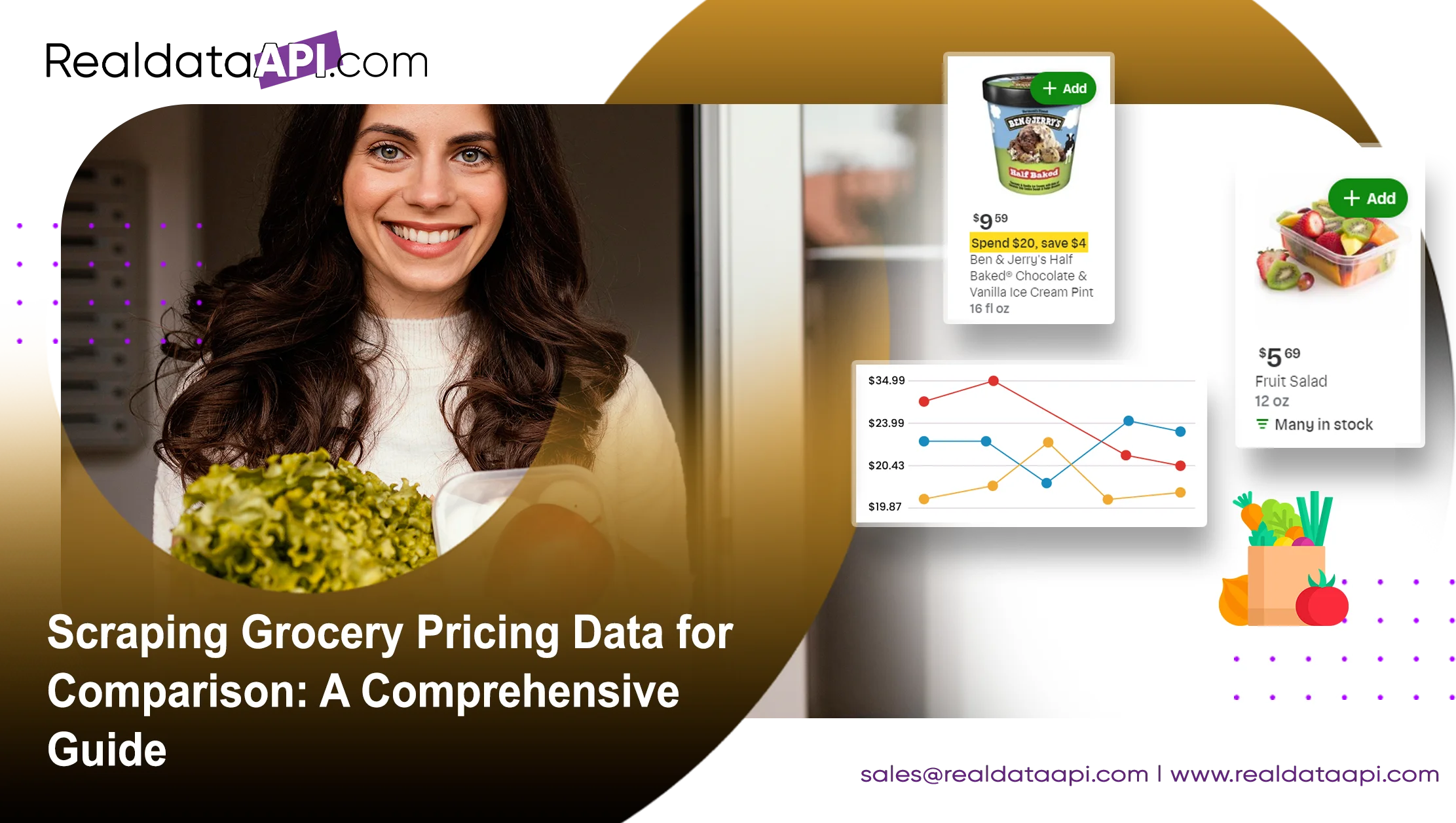
Introduction
In today's competitive retail landscape, understanding pricing trends is crucial for both consumers and businesses. Consumers are constantly seeking the best deals, while businesses strive to offer competitive prices without compromising their profit margins. This has made the ability to scrape grocery pricing data a powerful tool for various stakeholders, enabling them to make informed decisions based on real-time data.
This blog will explore the intricacies of scraping grocery pricing data, including the benefits, use cases, and the steps involved. We will also delve into some relevant statistics that highlight the growing importance of grocery pricing data collection.
The Importance of Scraping Grocery Pricing Data
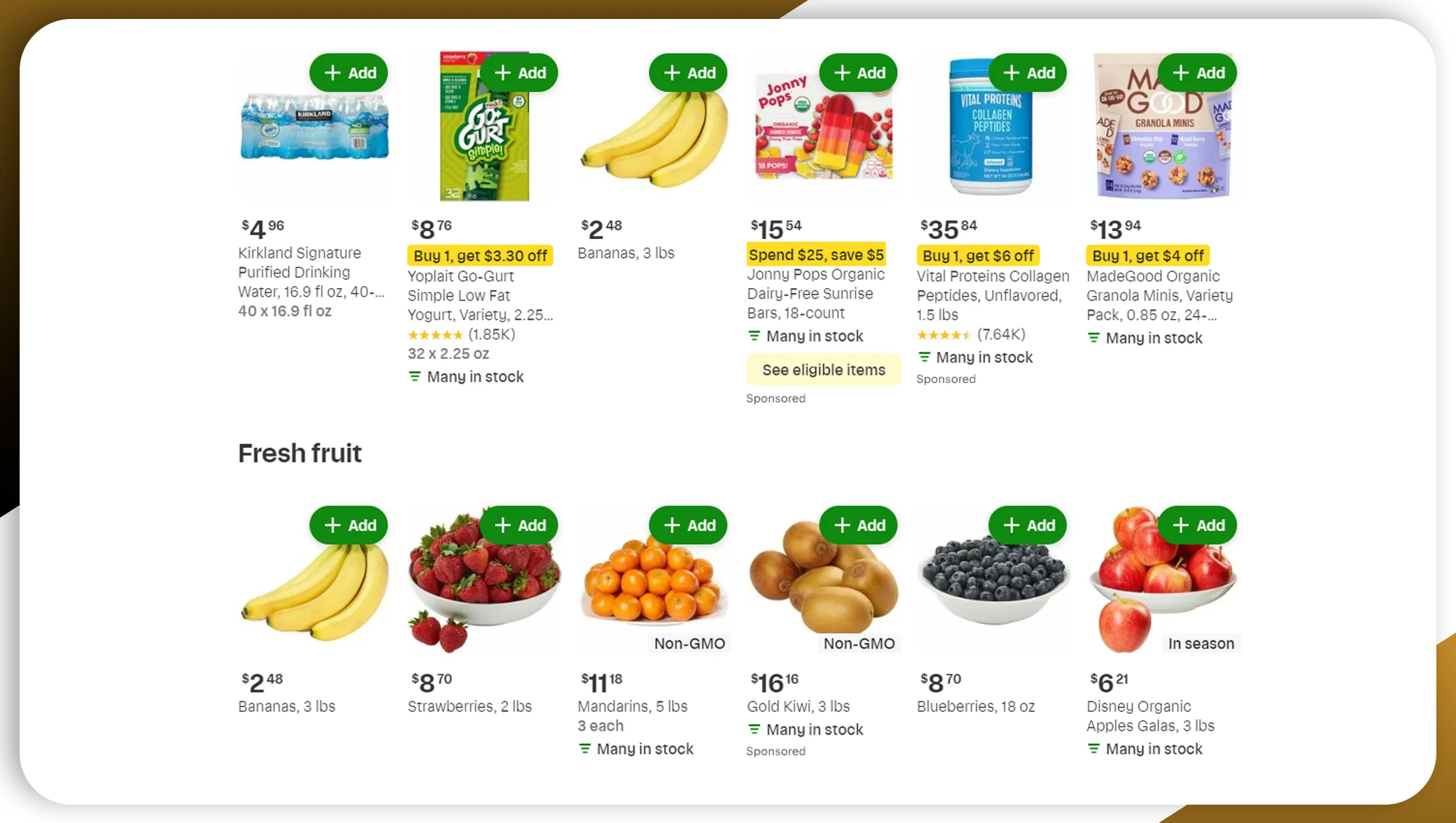
Grocery pricing is a critical factor influencing consumer behavior. According to a 2023 survey by Statista, over 75% of consumers in the U.S. consider price the most important factor when deciding where to shop for groceries. As inflation and economic uncertainty continue to affect household budgets, this number is expected to grow.
For businesses, understanding competitors' pricing strategies is equally important. NielsenIQ reports that price sensitivity among consumers has increased by 35% over the past five years. In this environment, businesses that can effectively analyze and adjust their pricing in real-time are more likely to maintain customer loyalty and market share.
What is Grocery Pricing Data Scraping?
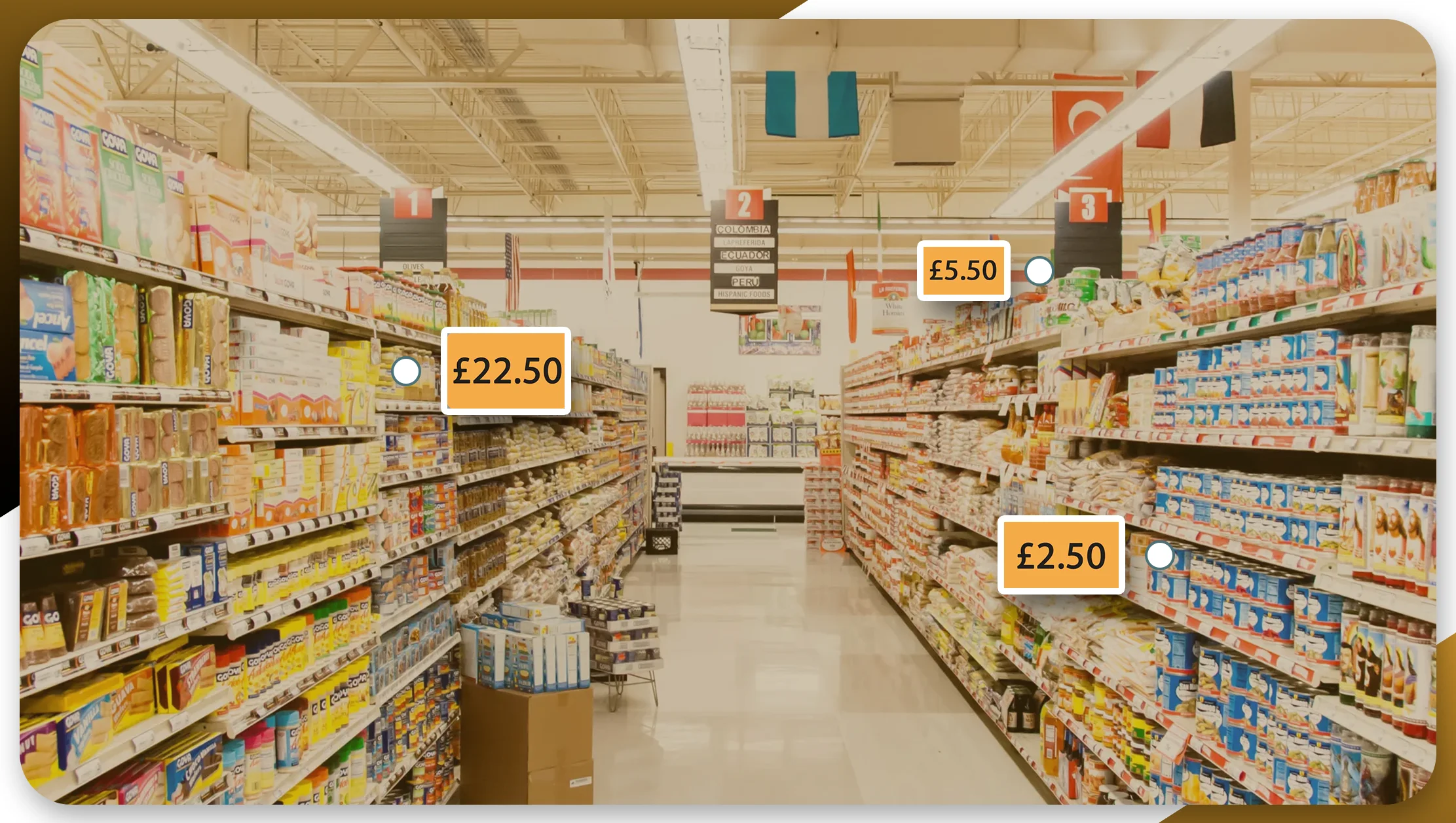
Grocery pricing data scraping involves using automated tools, known as web scrapers, to collect pricing information from various grocery store websites. This data is then aggregated, analyzed, and used for various purposes, including price comparison, market analysis, and competitive intelligence.
How Does It Work?
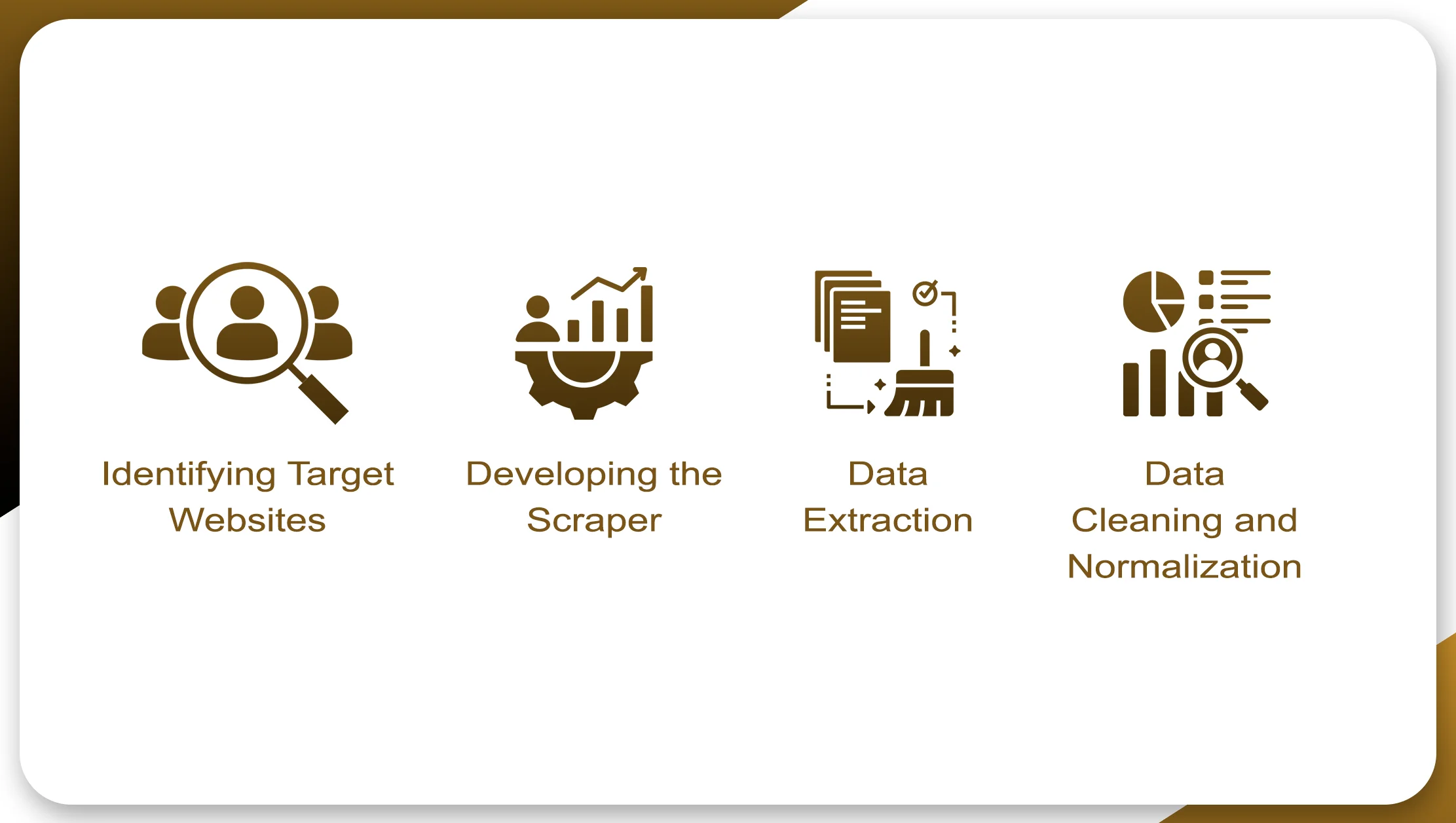
Identifying Target Websites: The first step is to identify the grocery stores or online platforms from which you want to extract data. These could include major supermarket chains, online grocery delivery services, or niche retailers.
Developing the Scraper: Once the target sites are identified, a web scraper is developed or configured to navigate the site, locate the relevant pricing data, and extract it. This often involves identifying HTML elements that contain pricing information and other relevant details like product names, sizes, and categories.
Data Extraction: The scraper collects the data and stores it in a structured format, typically in a database or a CSV file. This data can then be used for further analysis or integrated into other systems.
Data Cleaning and Normalization: The raw data often needs to be cleaned and normalized to ensure consistency and accuracy. This might involve removing duplicates, correcting errors, and standardizing units of measurement.
Analysis and Reporting: Finally, the data is analyzed to derive insights. This could involve comparing prices across different stores, tracking price changes over time, or identifying pricing trends for specific products.
Benefits of Scraping Grocery Pricing Data
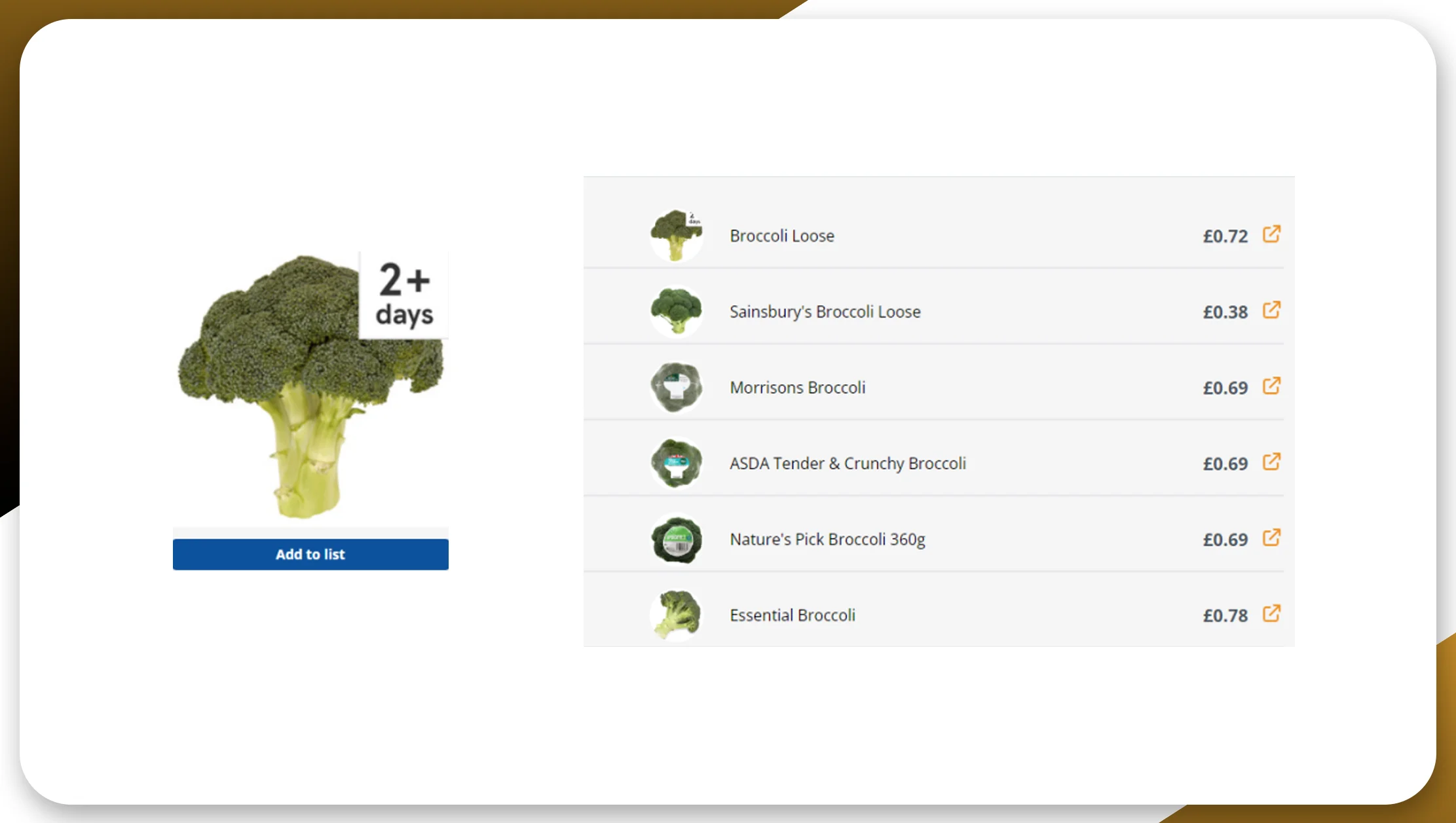
Extracting grocery pricing data offers numerous benefits to both consumers and businesses. Here are some of the key advantages:
1. Price Comparison
For consumers, the most immediate benefit is the ability to compare prices across different grocery stores. This enables them to find the best deals and save money. For businesses, offering a price comparison tool can drive traffic to their website and increase customer engagement.
2. Competitive Intelligence
Businesses can use scraped grocery pricing data to monitor competitors' pricing strategies. This allows them to adjust their prices in real-time, ensuring they remain competitive in the market. For instance, if a competitor drops the price of a popular product, a business can quickly respond by adjusting its own prices.
3. Market Analysis
Scraping grocery pricing data provides valuable insights into market trends. By analyzing price changes over time, businesses can identify patterns and forecast future trends. This is particularly useful for manufacturers and suppliers who need to adjust their pricing strategies based on market conditions.
4. Dynamic Pricing
Dynamic pricing adjusts prices in real-time based on factors like demand and competition. By leveraging scraped grocery pricing data, businesses can fine-tune their pricing strategies, enabling them to optimize prices and boost revenue.
5. Inventory Management
By analyzing pricing data in conjunction with sales data, businesses can make more informed decisions about inventory management. For example, if the price of a particular product drops, businesses might increase their stock to take advantage of higher demand.
6. Consumer Behavior Analysis
Extracting grocery pricing data can also provide insights into consumer behavior. By tracking which products have frequent price changes and how consumers respond, businesses can better understand consumer preferences and adjust their marketing strategies accordingly.
Use Cases of Grocery Pricing Data Scraping
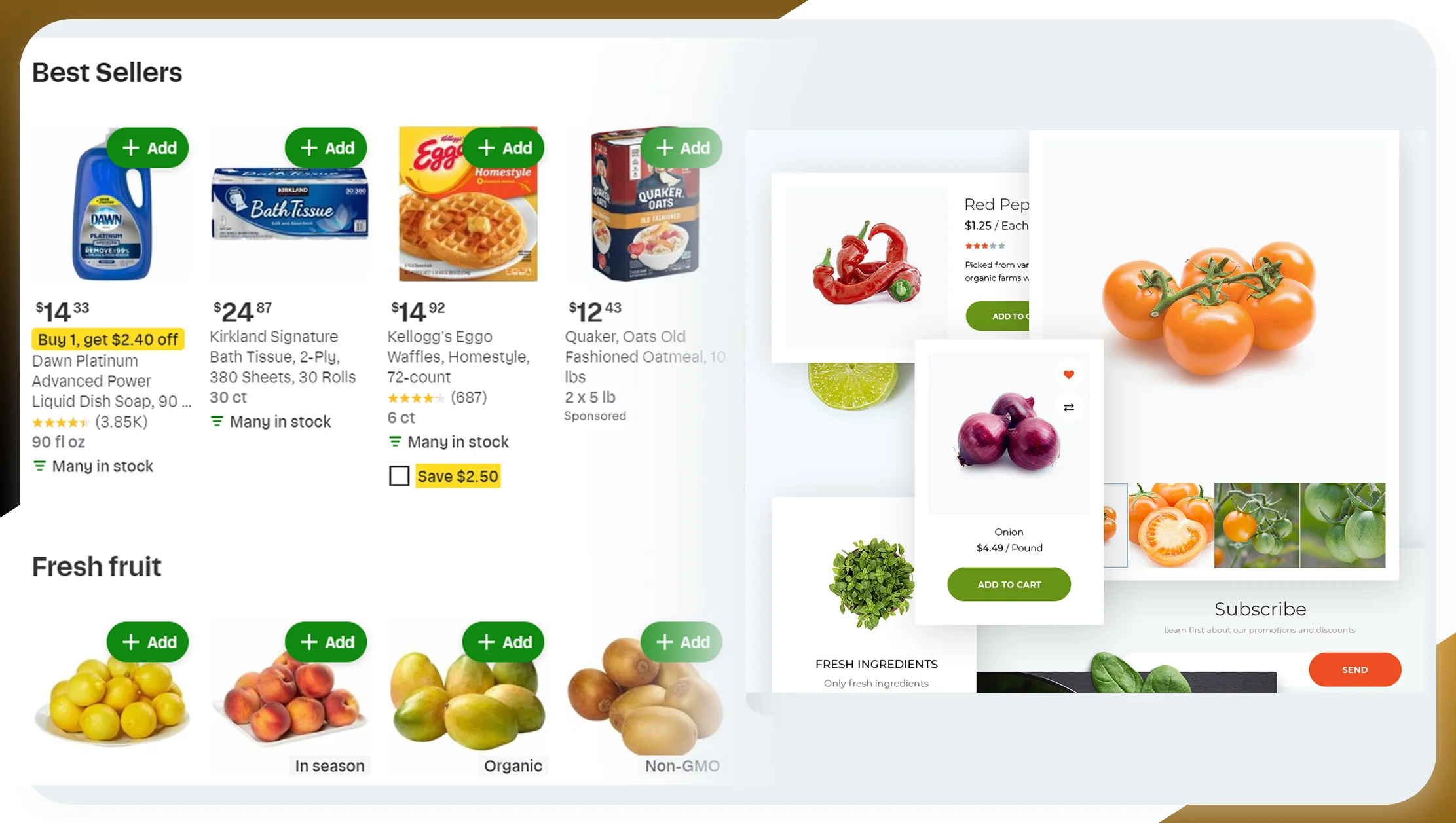
The applications of grocery pricing data scraping are vast and varied. Below are some specific use cases that highlight the potential of this technology:
1. E-commerce Platforms
Online grocery platforms can use pricing data scraping to offer real-time price comparisons. By aggregating prices from multiple stores, they can provide consumers with the best deals available, increasing customer satisfaction and loyalty.
2. Retail Chains
Retailers can use scraped data to monitor competitors' prices and adjust their own pricing strategies. This helps them stay competitive and attract price-sensitive customers. Additionally, they can use the data to identify regional pricing trends and optimize their pricing across different locations.
3. Market Research Firms
Market research firms can leverage grocery pricing data to analyze market trends and consumer behavior. By collecting data over time, they can provide insights into pricing strategies, product popularity, and consumer preferences, helping businesses make informed decisions.
4. Manufacturers
Manufacturers can use pricing data to monitor how their products are priced across different retailers. This helps them ensure consistent pricing and identify opportunities for promotions or discounts.
5. Financial Analysts
Financial analysts can use grocery pricing data as an indicator of economic health. For example, significant price fluctuations in staple goods might signal changes in consumer spending power or supply chain disruptions.
6. Consumer Advocacy Groups
Consumer advocacy groups can use pricing data to monitor and report on pricing practices, ensuring that consumers are not being unfairly charged for essential goods.
Challenges in Scraping Grocery Pricing Data
While scraping grocery pricing data offers many benefits, it is not without its challenges. Here are some of the key challenges faced by businesses and individuals who engage in this activity:
1. Legal and Ethical Considerations
One of the biggest challenges to extract grocery pricing data is navigating the legal and ethical landscape. Many websites explicitly prohibit scraping in their terms of service, and breaching these terms can result in legal consequences. It’s important to make sure that your scraping efforts align with local laws and regulations, as well as to thoughtfully consider the ethical implications of collecting data in this way.
2. Dynamic Content
Many modern websites use dynamic content, which is loaded asynchronously via JavaScript. This can make it more difficult to scrape data, as traditional scraping techniques may not be able to capture content that is not immediately visible in the HTML source code.
3. Anti-Scraping Mechanisms
Websites often implement anti-scraping mechanisms to prevent automated data collection. These might include CAPTCHAs, IP blocking, and rate limiting. Overcoming these obstacles requires advanced techniques, such as rotating IP addresses, using headless browsers, and implementing machine learning algorithms to bypass CAPTCHAs.
4. Data Quality and Accuracy
Ensuring the quality and accuracy of the scraped data can be challenging. Data might be inconsistent, incomplete, or outdated, which can lead to incorrect analysis. It's crucial to implement robust data cleaning and validation processes to maintain data integrity.
5. Scalability
As the volume of data increases, managing and processing it becomes more complex. Scalability is a significant challenge, particularly for businesses that need to scrape data from multiple sources on a large scale. Implementing scalable data scraping solutions requires careful planning and the use of appropriate tools and technologies.
Tools and Technologies for Scraping Grocery Pricing Data
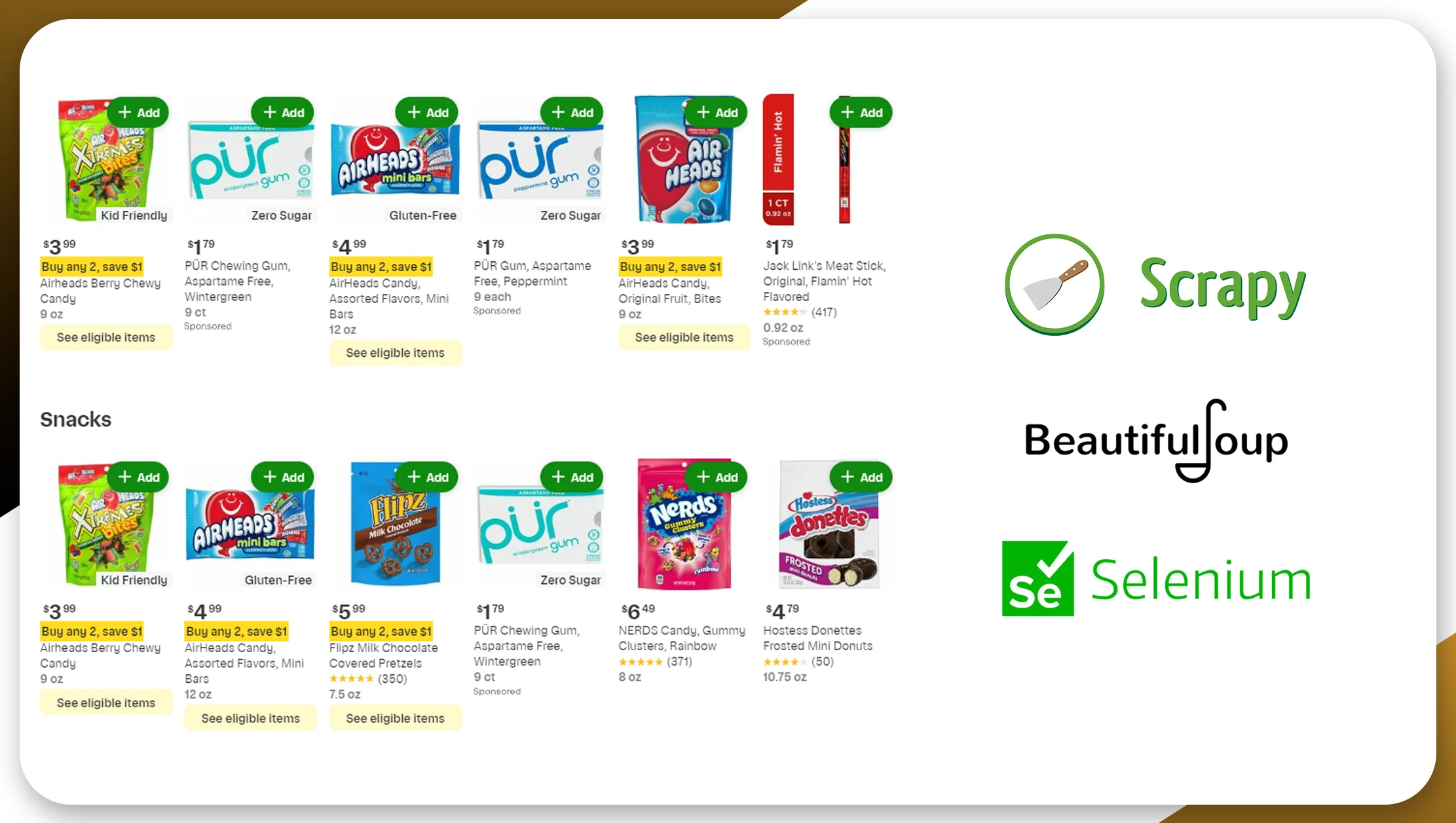
Several tools and technologies can be used to scrape grocery pricing data effectively. Here are some of the most popular options:
1. BeautifulSoup
BeautifulSoup is a Python library that makes it easy to parse HTML and extract data. It's particularly useful for scraping static web pages, where the content is loaded directly in the HTML source code.
2. Scrapy
Scrapy is an open-source web scraping framework for Python. It allows users to build and run web crawlers to scrape data from websites. Scrapy is highly customizable and can handle complex scraping tasks, making it a popular choice for large-scale data extraction projects.
3. Selenium
Selenium is a web testing framework that can be used for web scraping, particularly when dealing with dynamic content. Selenium automates web browsers, allowing it to interact with web pages like a human user. This makes it effective for scraping data from sites that use JavaScript to load content.
Best Practices for Scraping Grocery Pricing Data
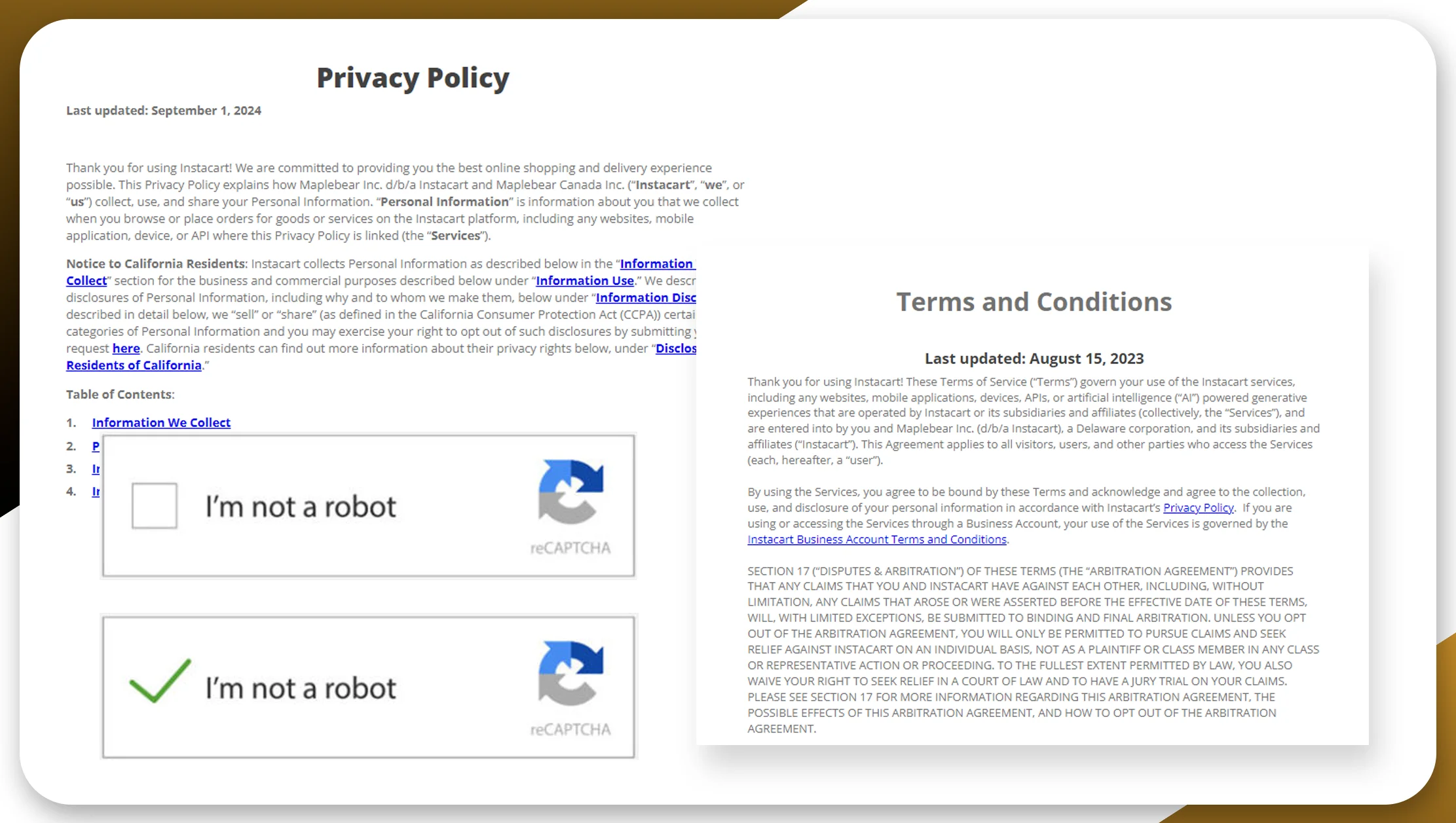
To maximize the benefits to scrape grocery pricing data while minimizing risks, it's essential to follow best practices. Here are some tips to help you get started:
1. Respect Website Terms of Service
Before scraping any website, review its terms of service to ensure that your activities comply with the site's rules. Some websites explicitly prohibit scraping, while others may allow it under certain conditions.
2. Use Proxies and IP Rotation
To avoid detection and potential IP blocking, use proxies and rotate your IP addresses regularly. This can help you maintain access to the target website and avoid rate limits.
3. Implement Data Cleaning Processes
Ensure that the data you collect is clean, accurate, and consistent. This might involve removing duplicates, correcting errors, and standardizing units of measurement.
4. Monitor for Changes
Websites frequently change their structure, which can break your scraper. Regularly monitor your target sites for changes and update your scraping scripts as needed.
5. Handle CAPTCHAs and Anti-Scraping Mechanisms
Be prepared to handle CAPTCHAs and other anti-scraping mechanisms. This might involve using machine learning algorithms to solve CAPTCHAs or implementing headless browsers to mimic human interaction.
6. Ensure Compliance with Data Privacy Laws
When scraping data, it's important to comply with data privacy laws, such as the General Data Protection Regulation (GDPR) in Europe. Ensure that your data collection practices respect user privacy and legal requirements.
The Future of Grocery Pricing Data Scraping
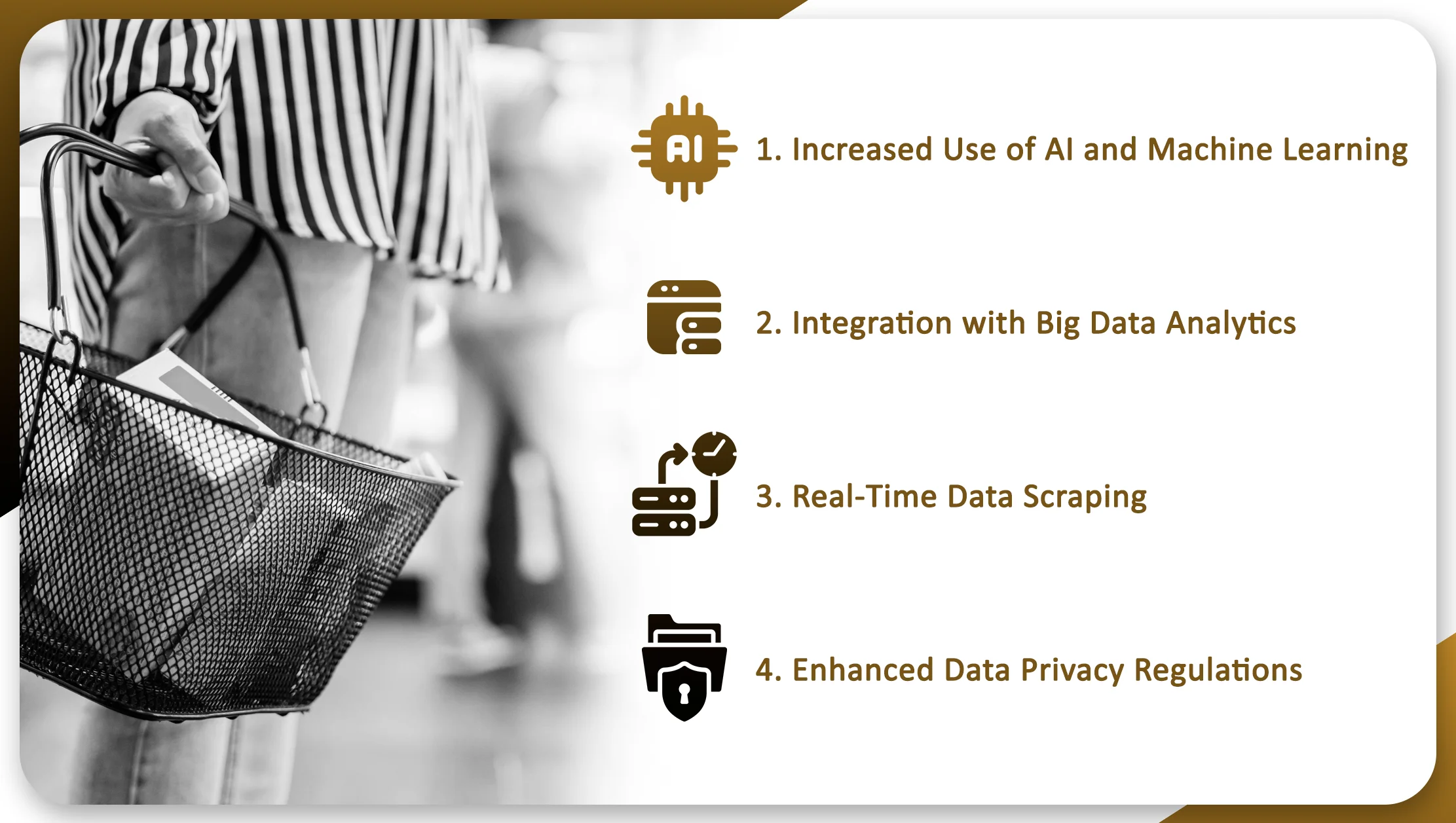
As technology continues to evolve, so too will the methods and tools for scraping grocery pricing data. Here are some trends to watch for in the coming years:
1. Increased Use of AI and Machine Learning
Artificial intelligence (AI) and machine learning (ML) are likely to play a larger role in data scraping. These technologies can help improve data accuracy, overcome anti-scraping measures, and automate complex tasks.
2. Integration with Big Data Analytics
As the volume of scraped data increases, businesses will need more sophisticated tools to analyze and interpret the data. Integration with big data analytics platforms will become increasingly important for extracting actionable insights from grocery pricing data.
3. Real-Time Data Scraping
The demand for real-time data will continue to grow, driving the development of more advanced scraping tools that can collect and process data in real time. This will be particularly valuable for dynamic pricing strategies and market analysis.
4. Enhanced Data Privacy Regulations
As data privacy concerns continue to rise, we can expect to see more stringent regulations governing data collection and use. Businesses that scrape data will need to stay ahead of these regulations to ensure compliance and avoid legal issues.
Conclusion
Scraping grocery pricing data is a powerful tool that offers significant benefits to consumers and businesses alike. From price comparison and competitive intelligence to market analysis and dynamic pricing, the applications of grocery pricing data extraction are vast and varied.
However, it's essential to approach data scraping with caution, considering the legal, ethical, and technical challenges involved. By following best practices and staying up-to-date with the latest tools and technologies, you can maximize the benefits to scrape grocery pricing data while minimizing risks.
As the retail landscape continues to evolve, those who can effectively harness the power of data will be better positioned to succeed in a competitive market. Whether you're a consumer looking for the best deals or a business striving to stay ahead of the competition, to extract grocery pricing data is an invaluable tool for navigating the modern marketplace.
Unlock the full potential of grocery pricing data with Real Data API. Get started today and gain a competitive edge!














